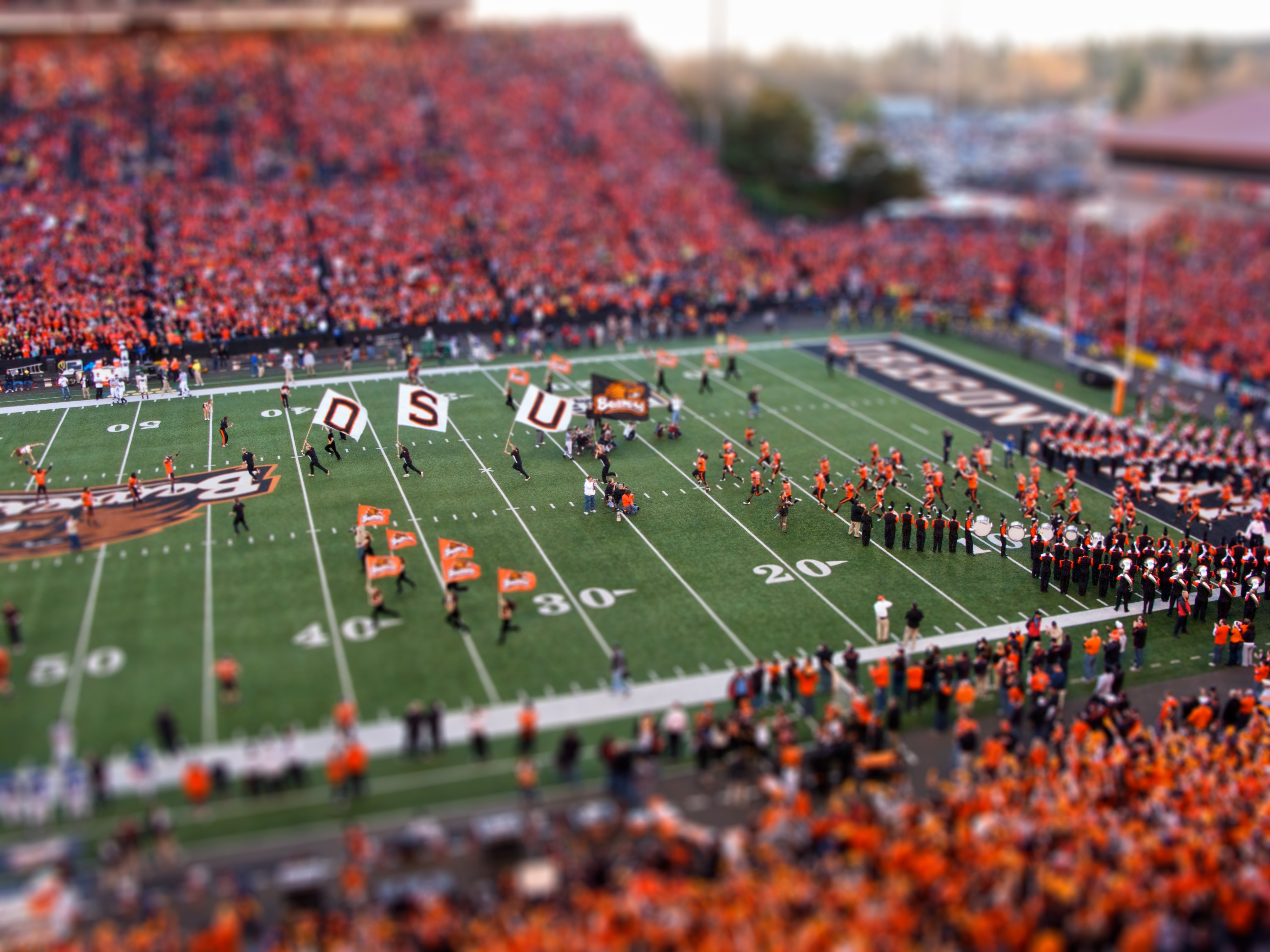Hi
Long time lurker first time poster; I purchased a 2nd hand Pentax K20D body last year as an early Birthday present for myself. It was either the Pentax or a Nikon D80.. for once I made a good decision. Still learning how to make the most of this camera, and enjoying every moment.
Anyway I'd appreciate some advice about increasing the DOF when taking photos of small subjects. Excuse my ignorance if the terms I use below are incorrect.. I twiddle the dials without really knowing the technical terms for what I'm doing.
The attached shots are of some lizards I came across whilst out walking, I believe the green one is a male Sand Lizard in it's mating colours?? They're about 10cm (4") long and the shots were taken from a distance of between approx 3' and 6'. The Lens used was a Sigma 70-210 f4-5.6, cost 2nd hand £40, set at a magnification of between 200-210mm & with a F5.6 aperture. Some of the shots have been cropped, but that's all the post processing I've done. Pictures were RAW.
The problem I have with these shots is the very narrow DOF, for example there's a fly in the top left of one of the shots, which the lizard ate moments after I took the picture, but it's out of focus. I couldn't decrease aperture size (bigger F number?), because the camera was already complaining about handshake, 1/40th of a sec exposure time. (Weather was bright sunshine, so I can't work out why the slow shutter speed, adding Flash would have scared the Lizards?).
To cure this I thought I need a better lens, which would enable the use of a bigger aperture (smaller F number?), but this means an even narrower DOF? So rather than make an expensive mistake I thought I would ask first.
I guess the question is; would a better constructed lens, i.e. worth more than £40, capture more light and allow the use of a smaller aperture, or is there a way I can make better use of my current lens?
Finally.. thanks for reading all this, and I apologise if this Q has been answered a 1000 times already. Also If anyone knows their lizards I would be interested in what the others are (they were found in Western Germany)


 Similar Threads
Similar Threads 






 ). You want the fly and the lizards eyes to be the same distance to the sensor (more or less). As it is, the fly is noticeably closer. Same idea in your first overhead shot of the brown lizard- you should be able to get the head and back in focus no problem with some practice. Yea, this can be a compromise on how you frame things, but what's in and out of focus can be critical in such small depth of field situations that you may need to compromise.
). You want the fly and the lizards eyes to be the same distance to the sensor (more or less). As it is, the fly is noticeably closer. Same idea in your first overhead shot of the brown lizard- you should be able to get the head and back in focus no problem with some practice. Yea, this can be a compromise on how you frame things, but what's in and out of focus can be critical in such small depth of field situations that you may need to compromise.














